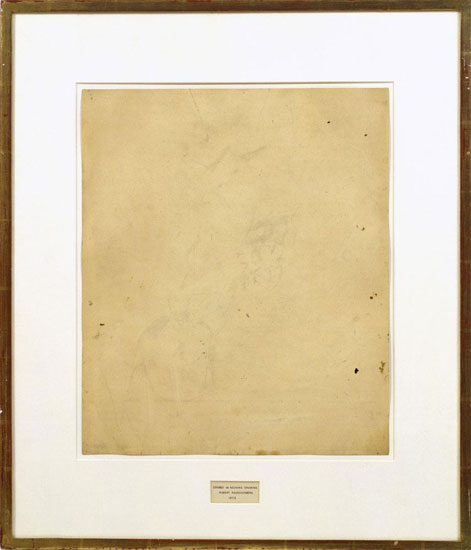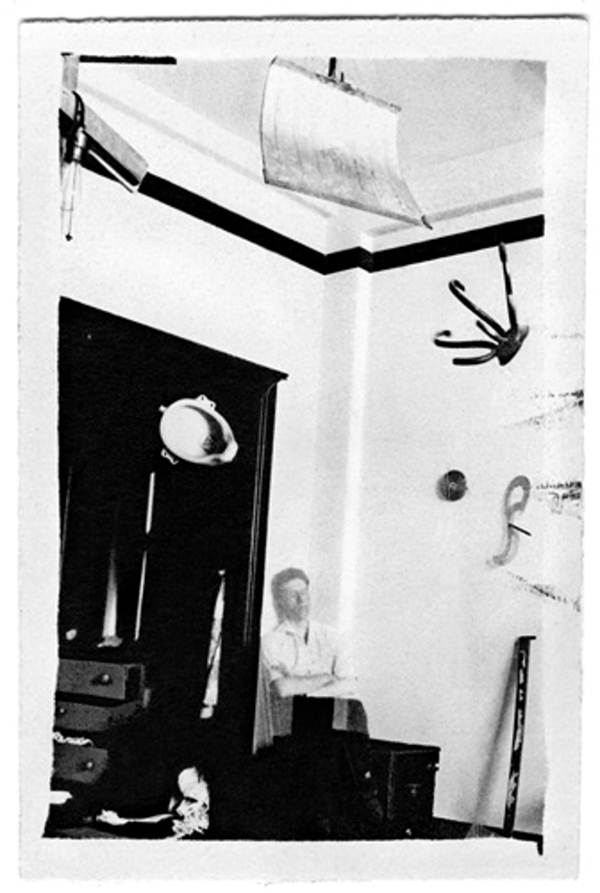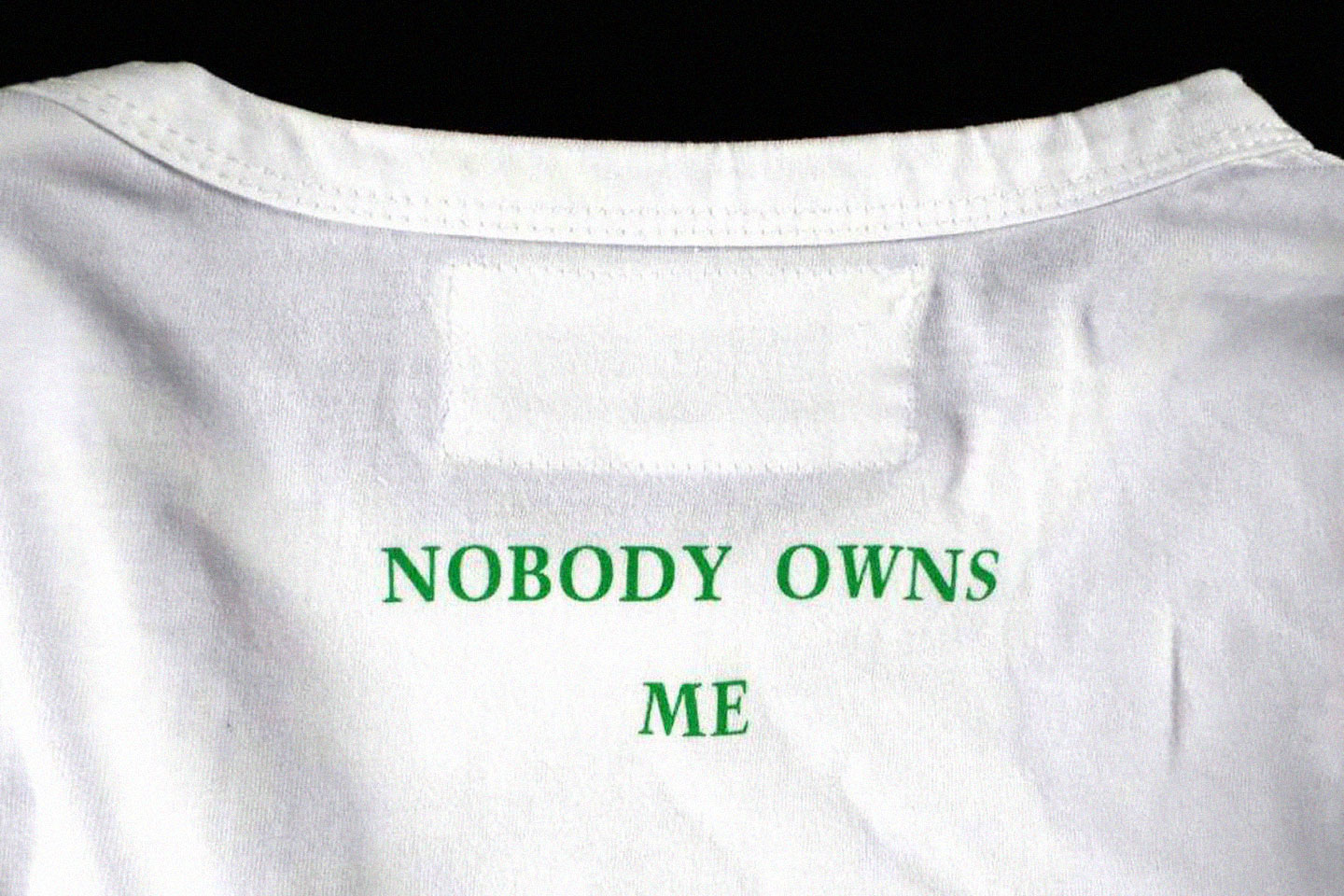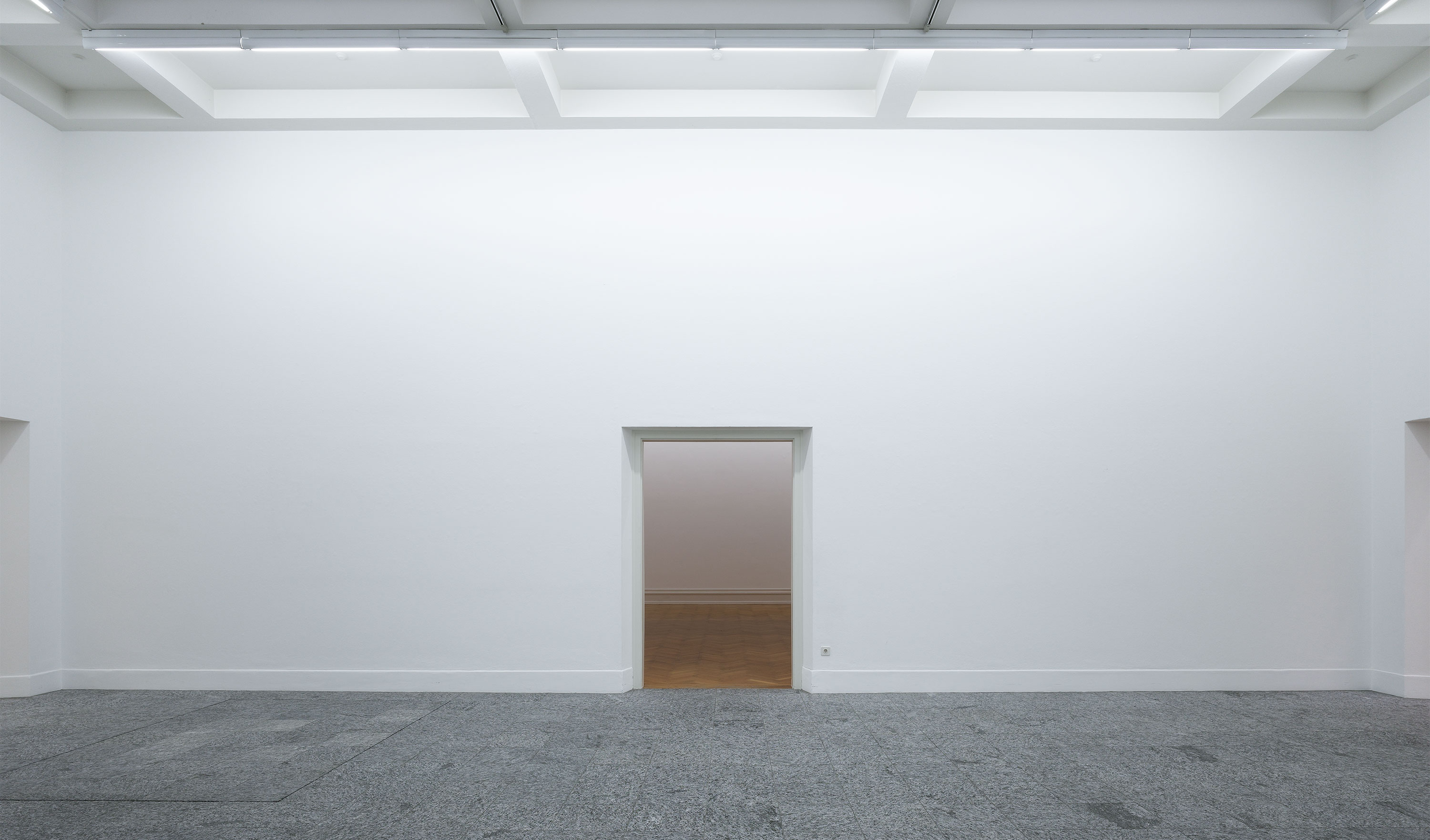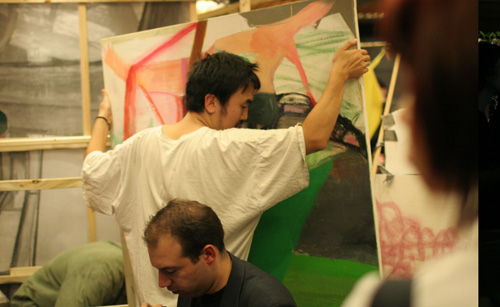Silence
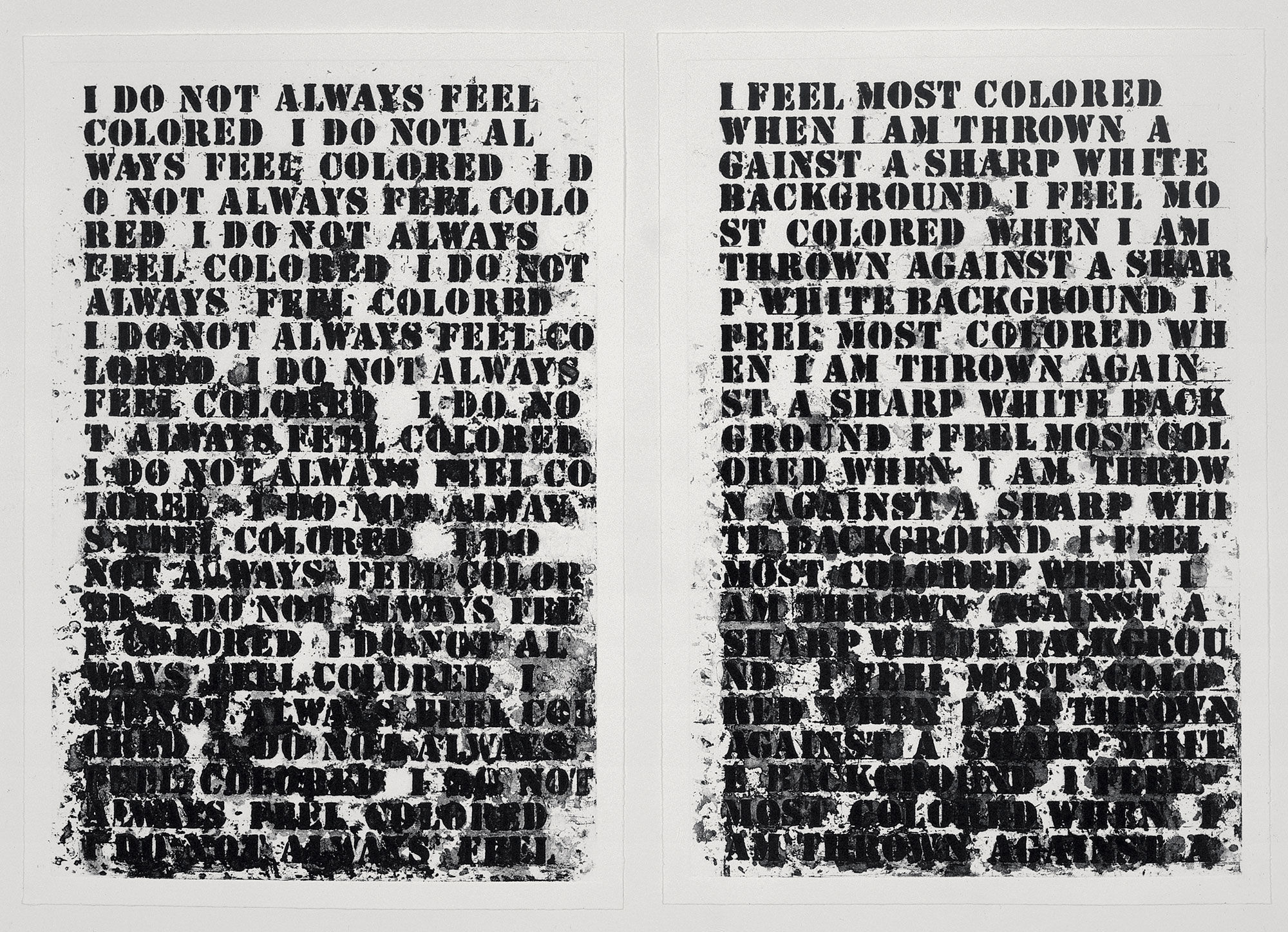
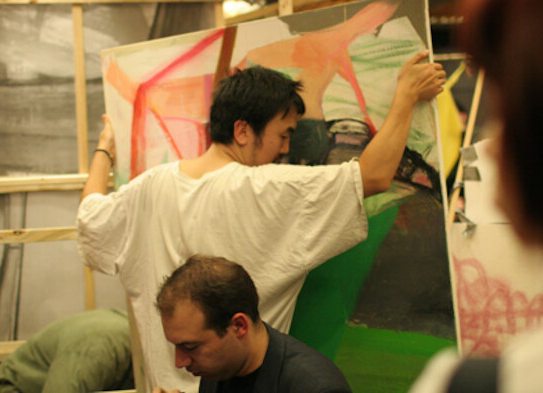
What's the value of silence today? Or the value of something that is untitled, and does not ask to be named? “Untitled” as a way of naming/non-naming an artwork not only signifies and denies a name as such, but unsettles the plurality of meanings and consequences that might have otherwise been conveyed, linguistically at least. Silence, and its subsequent ambiguity, may be something sorely missing today, with the onslaught of noise that dominates the information sphere. With the following texts from the e-flux archive, we can ponder negation, the progressive verbalization of society, the chaos of noise, and the necessity of silence in titles, discourse, and meaning, broadly considered.
“How can we talk about private events,” Gonzalez-Torres asked, “when our bodies have been legislated by the state? We can perhaps talk about private property.” Among the most pervasive idioms for describing Americannness, private property held further implications for artists whose national and ethnic origin, racial background, and sexual orientation compromised their acceptance as Americans. As one of the few domains where cooperation occurred regardless of political preference or personal identity, the market held untapped potential as a political site. Deeply aware of how precarious life was for an openly gay, nonwhite artist living with AIDS, yet adamantly unwilling to capitalize upon his identity by wearing a metaphorical “grass skirt,” Gonzalez-Torres stated it was “more threatening” that “people like me operate as part of the market.” Through certificates that embodied rather than represented ownership by metabolizing elements of copyright and contract, he navigated market conditions and art-world protocol. Eventually shifting his works away from the metrics of supply, Gonzalez-Torres recast them as dynamic sources of doubt according to the legal frameworks to which he and they were unavoidably subject.
